Craters Of The Moon Idaho's Best Kept Secret The Mandagies

Visiting Craters Of The Moon National Monument Normans Running Wild
Craters of the Moon National Monument is located in Southern Idaho and is a reasonably short drive from Boise, Idaho, Salt Lake City, Utah, and Bozeman, Montana. It is also an easy day trip from Yellowstone and Grand Tetons National Parks, so if you are staying at those parks for an extended period of time and are looking for a good day trip to.

Visiting Craters of the Moon National Monument, and What to Do There
What is there to do at Craters of the Moon? The park offers a variety of scenic trails for those interested in hiking. Most trails in the park are 1.8 miles (2.9 km) one-way or less with the exception of the Wilderness Trail. Many people like to hike several smaller trails during their visit.

Craters of the Moon National Monument and Preserve Visit Idaho
Craters of the Moon has some of the darkest skies in the national park system. There's a Star Party each fall and spring, and during the summer, you can take ranger-led full moon hikes through the.

Visiting Craters of the Moon National Monument is Like Traveling to Space
Craters Of The Moon National Monument & Preserve Idaho Info Alerts Maps Calendar Fees Plan Your Visit Last updated: June 16, 2022 Was this page helpful? No An official form of the United States government. Provided by Touchpoints Contact Info Mailing Address: Craters of the Moon National Monument and Preserve 1266 Craters Loop Road P.O. Box 29
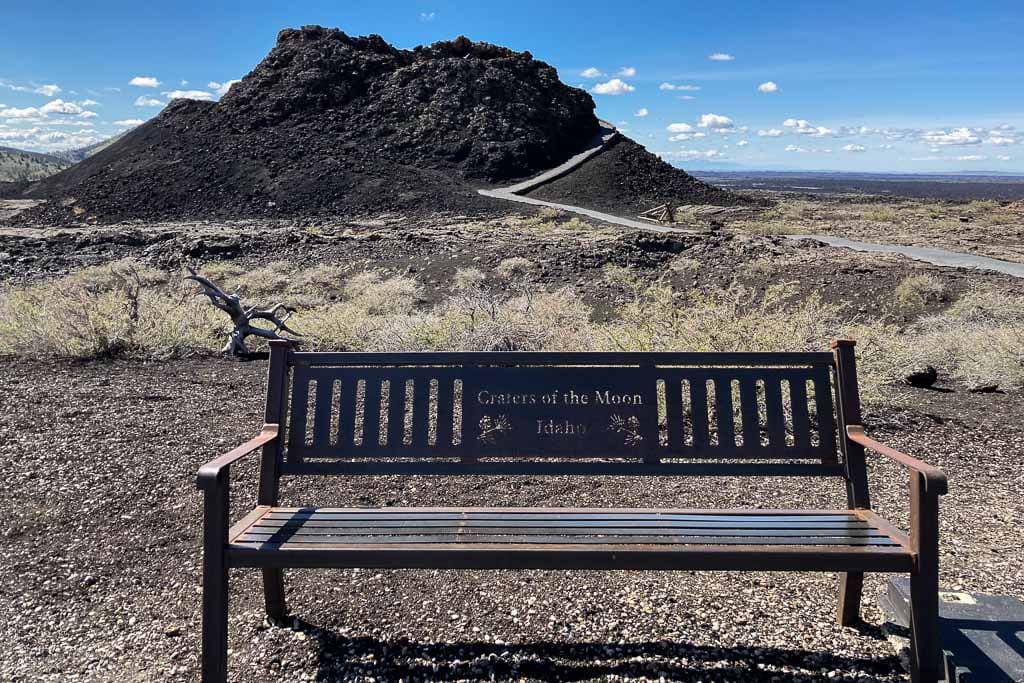
5 Short Hikes in Craters of the Moon National Monument The National Parks Experience
Discover Craters of the Moon's awe-inspiring geological history. One of four national parks in Idaho, President Calvin Coolidge created Craters of the Moon National Monument on May 2, 1924.. Craters of the Moon is a huge national park. It is over 1,100 square miles (over 750,000 acres) which is roughly the size of Rhode Island..

Three Hiking Sisters Caves Trail in Craters of the Moon National Park
Craters of the Moon offers countless opportunities for hiking, camping, cross-country skiing, wildlife viewing and backcountry travel. For casual travelers the seven-mile Loop Road and trails in the National Park Service Monument and Preserve provide easy access to this weird and scenic landscape.

5 Reasons You Need to Visit Craters of the Moon Visit Idaho
About An ocean of blackened lava flows holds opportunities to relax, explore, and enjoy for all ages and abilities. The monument is an easy day trip from Boise, Sun Valley, and Idaho Falls. Click on the link below to learn more about this unearthly landscape and start planning your visit today. Meets animal welfare guidelines
Craters of the Moon National Monument, ID r/hiking
Top ways to experience Craters of the Moon National Monument and nearby attractions. Guided Full-Day Tour to Craters of the Moon National Monument & Preserve. 2. 4WD Tours. from. AU$272.02. per adult. Ultimate Scavenger Idaho Falls. Fun & Games.

Craters of the Moon National Monument & Preserve Amazing America
Craters of the Moon National Preserve is one of the most unique features in Idaho state. Perfectly preserved lava tubes, cones, and black landscape covers nearly 1 million acres (753,000 to be exact). Between unique photo opportunities and one-of-a-kind-adventures, there are tons of things to do at Craters of the Moon.
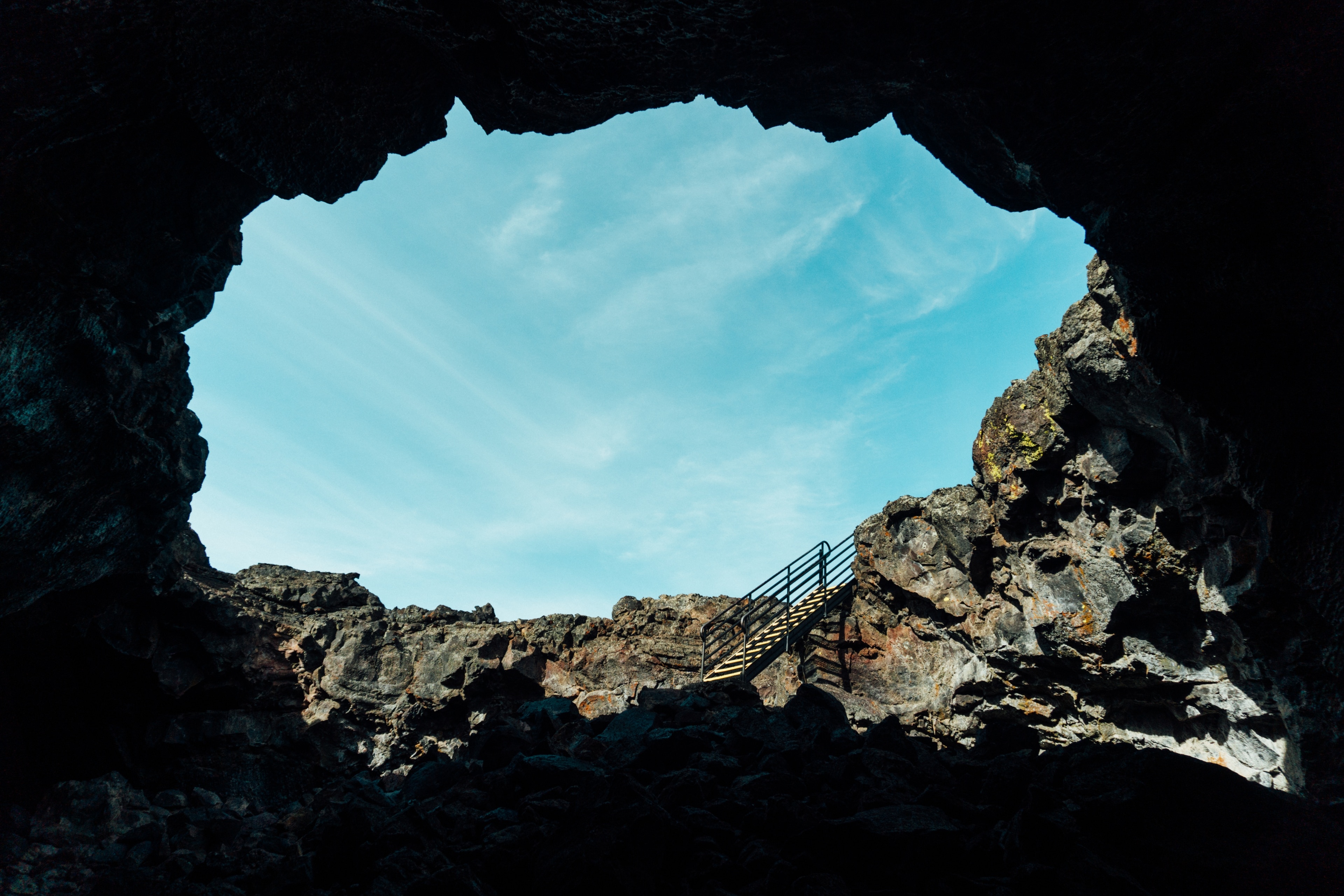
Visite Craters of the Moon National Monument em Idaho
The Craters of the Moon National Monument was named after the more than 35 craters at the site. The craters, formed by erupting volcanoes, make the land look like the surface of the Moon. Cinder cones are created by rock fragments that build up around volcanic vents. There are more than 25 cinder cones at Craters of the Moon.

History of Craters of the Moon National Monument That Adventure Life
Visit Craters of the Moon National Monument Craters of the Moon National Monument Established in 1924, Craters of the Moon National Monument celebrated its 75th birthday in 1999. The area is managed cooperatively by the National Park Service and the Bureau of Land Management (BLM).

Craters of the Moon National Park Craters of the moon, National parks, Yellowstone national park
Craters of the Moon is a vast ocean of lava flows with scattered islands of cinder cones and sagebrush. We invite you to explore this "weird and scenic landscape" where yesterday's volcanic events are likely to continue tomorrow. Visit the Moon / Loaded 0% Â Duration: 3 minutes, 30 seconds What is it like to visit Craters of the Moon?
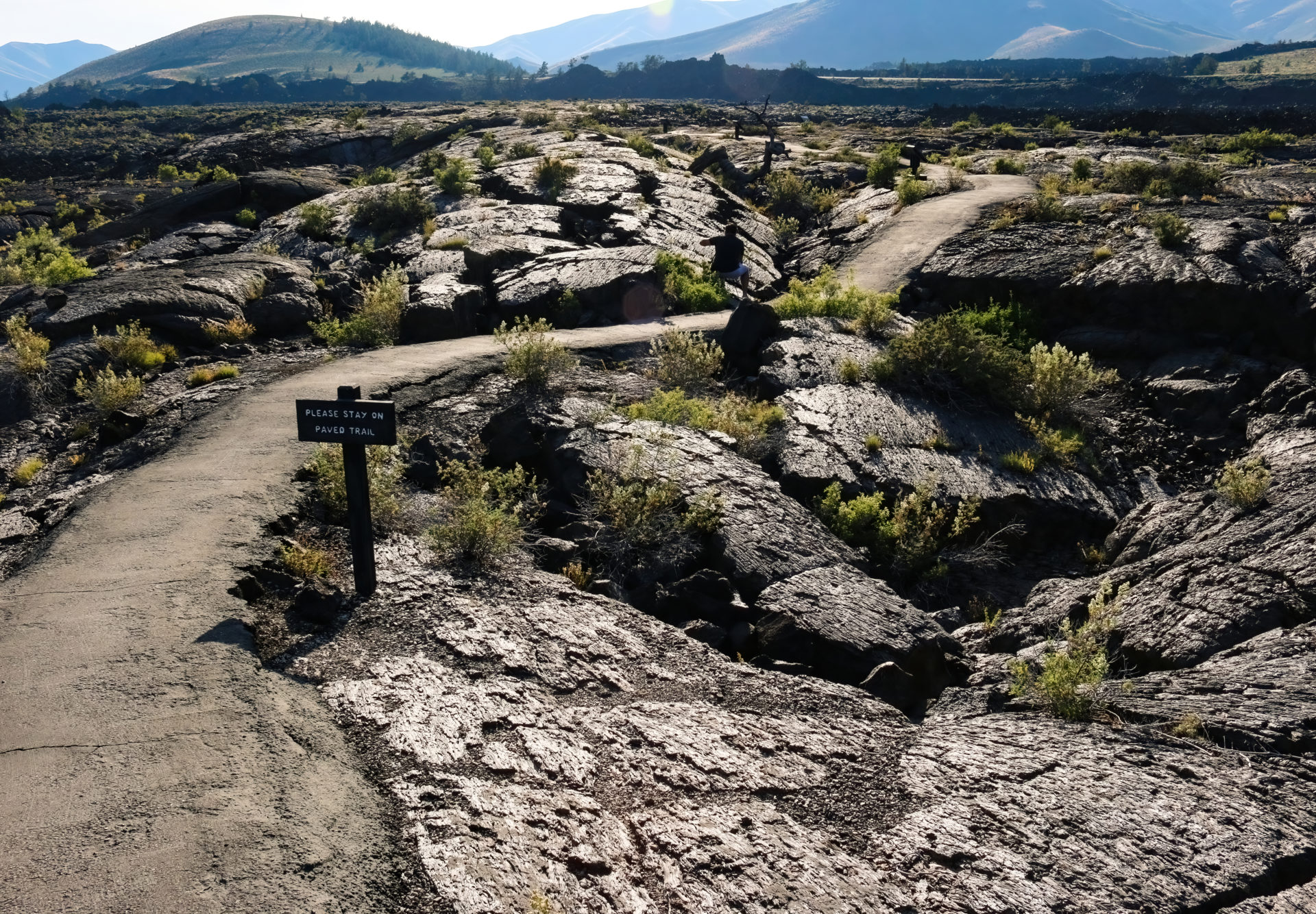
Craters of the Moon National Monument Enjoy Your Parks
Craters of the Moon National Monument and Preserve in Southern Idaho is one of the most unusual national parks. This unique destination shaped by recent volcanic activity offers visitors a glimpse into an otherworldly landscape of immense lava flow, black basalt rocks, cinder cones, and lava tubes.
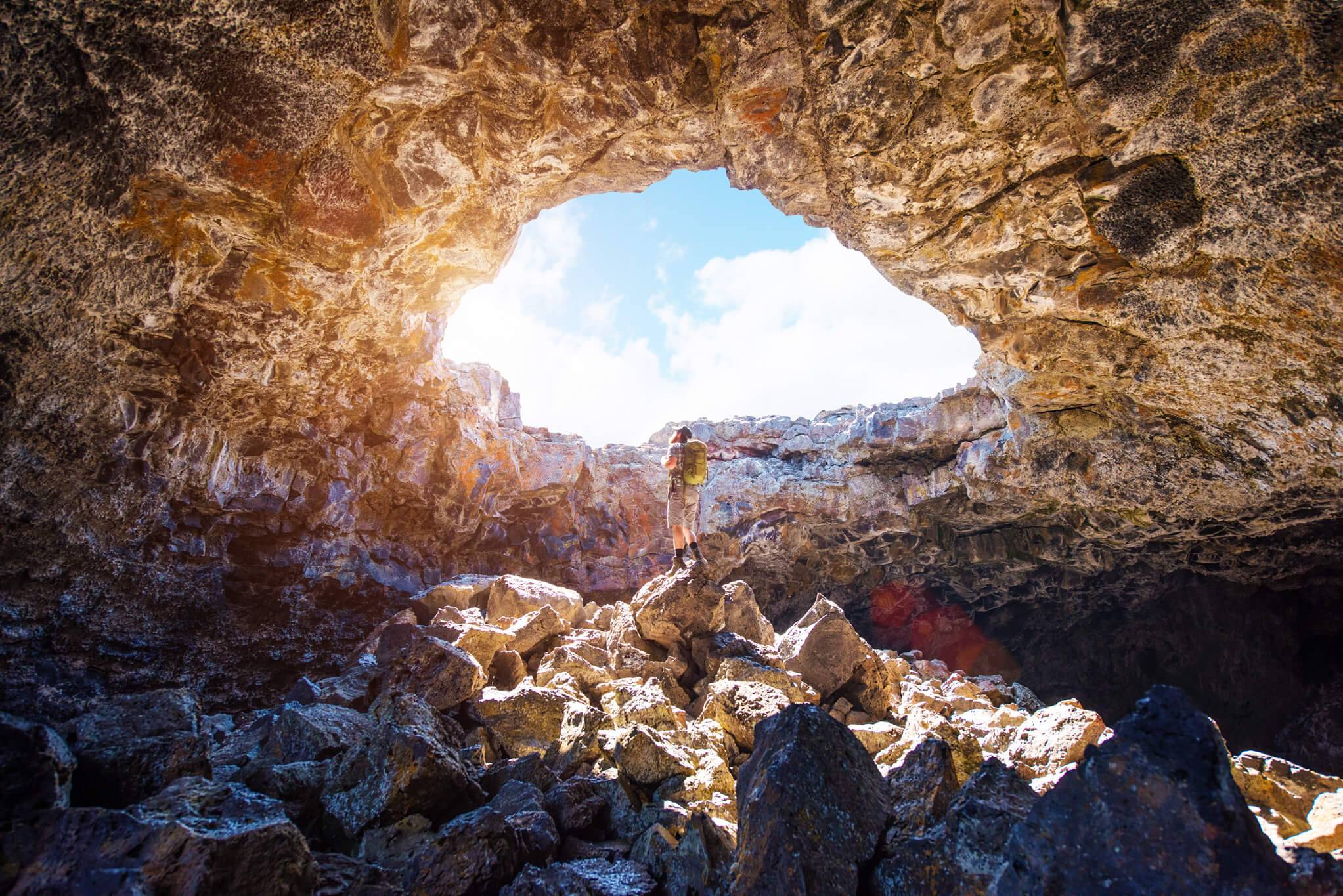
Craters of the Moon National Monument and Preserve Visit Idaho
Craters of the Moon National Monument. Length: 0.4 mi • Est. 15m. The steep and short trail to the top of Inferno Cone is challenging, but it rewards hikers with 360-degree views of the Great Rift, the Snake River Plain, and the Pioneer Mountains. On clear days, you may even see the Teton Range, 100 miles to the east.
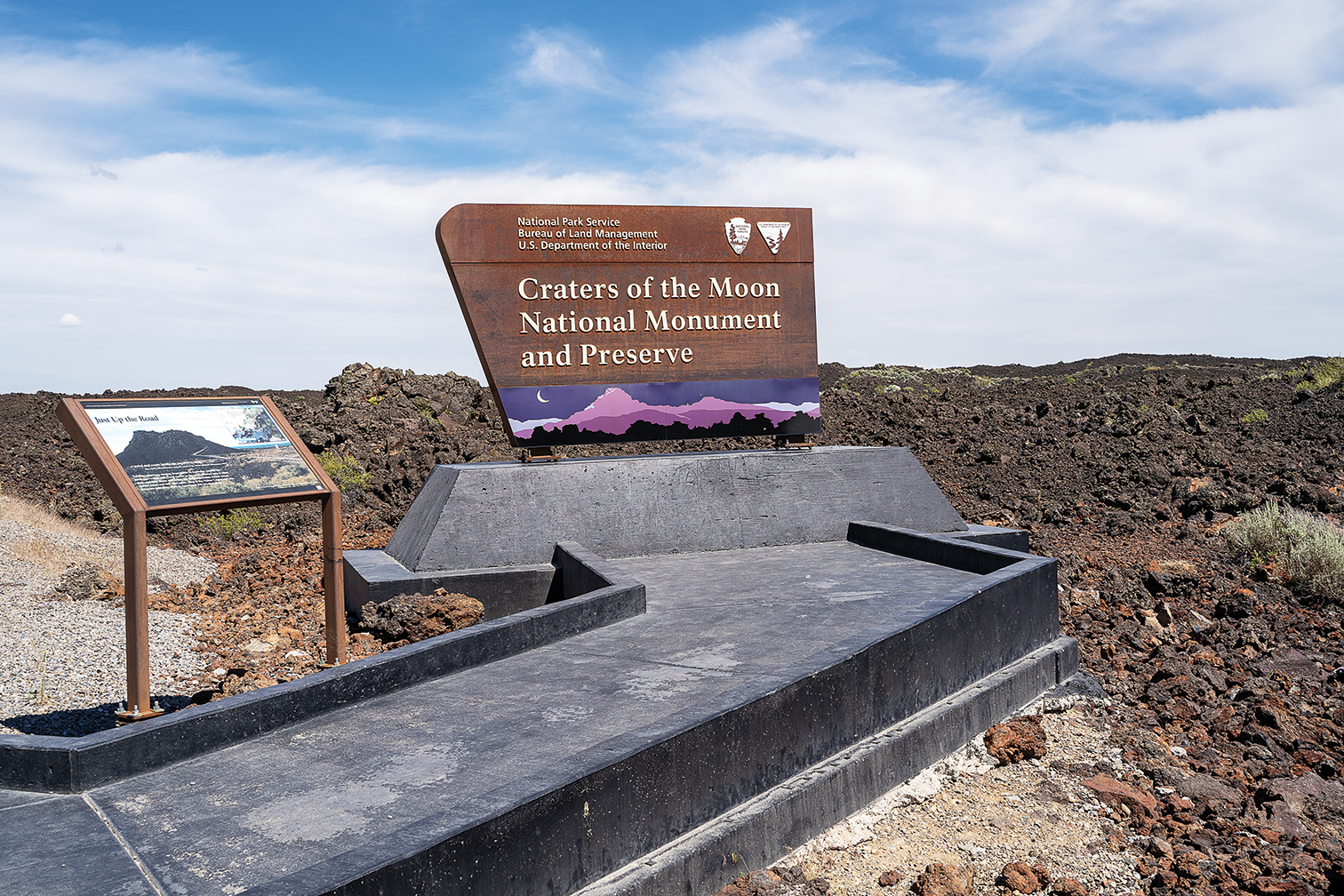
Craters of the Moon National Monument and Preserve
This place is out there. The closest town to Craters of the Moon is the small town of Arco with a population of 882. From there, it's another 30 minutes or so to get to Crater of the Moon's Visitor Center. In other words, it's pretty much in the middle of nowhere. The town of Arco has a couple of run-down motels and a KOA campground.
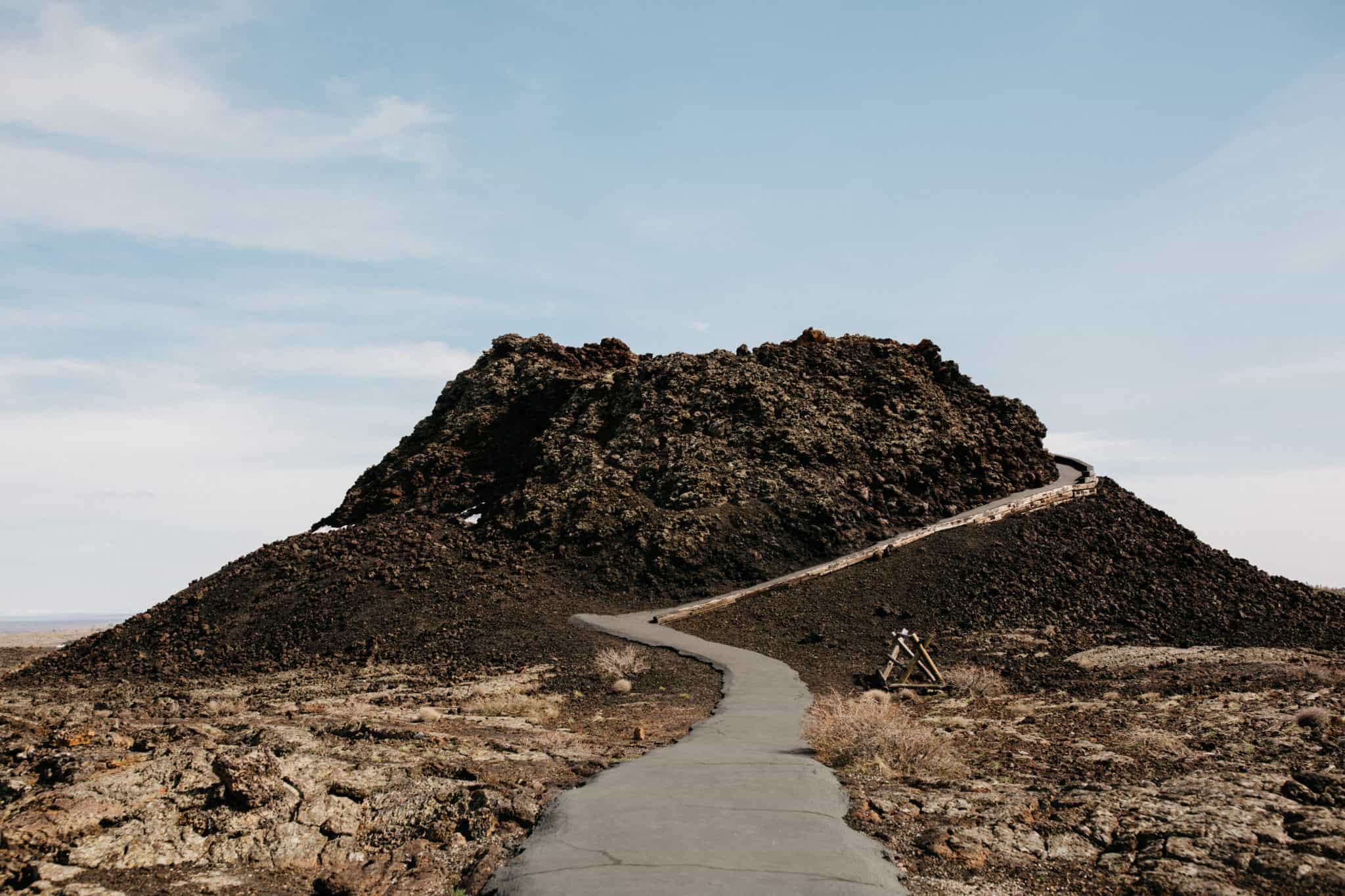
Craters Of The Moon Idaho's Best Kept Secret The Mandagies
The rugged landscape of Craters of the Moon remains remote and undeveloped with only one paved road across the northern end. Located in south-central Idaho midway between Boise and Yellowstone National Park, the monument includes 53,545 acres (216.69 km²) in the Developed Area (the extent of the national monument before the preserve was added) and the visitor center is 5,900 feet (1800 m.